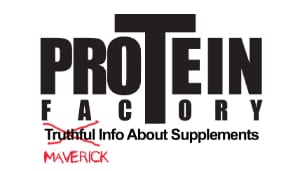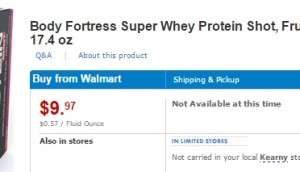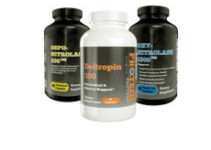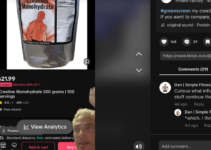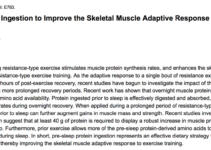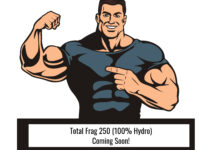Protein Spiking
Protein spiking should be something you are aware of when buying a protein powder supplement or protein food. Here I tell you the real truth behind it all.
A few months ago the topic of protein spiking developed in the supplement industry. No surprise as I feel the sports nutrition industry is at a historical low point as far as quality, innovated, and effective products go. In a nutshell, protein spiking is when a company selling protein powder will remove protein powder (typically whey) and add the protein spiking ingredient. Protein spiking ingredients can include creatine, glycine, and taurine.
Here is a bunch of examples. Note I am not saying these companies are protein spiking. As a matter of fact, they are not protein spiking. I’m simply showing you there supp/nutri panels.
Why Add Protein Spiking Ingredients?
By adding the protein spiking ingredients results in two things: the cost to make the protein goes down because protein spiking ingredients are cheaper than whey protein and number 2, the protein test is thrown off which results in higher protein than it really has.
In the past I wrote an article about saying good-bye to the old supplement expert and saying hello to the new supplement expert. And now what has happened with this “protein spiking” topic is that numerous self-proclaimed supplement expert have chimed in about their opinion about protein spiking. I google protein spiking and clicked on the top ten results. I found that not one single self-proclaimed expert got it right and some even gave out bad and misleading information. surprise, surprise
Let me get down to brass tacks here because as a consumer buying protein powder you just want to know which protein powder you should buy and which company you should not buy from.
Here are my rules to make sure you don’t get a protein that is spiked and is of the highest quality. Follow these steps in order!
#1. Buy a protein SUPPLEMENT, not a food. Only buy a protein powdered with a supplement facts panel, NOT a nutrition facts panel. Supplement Facts GOOD, Nutrition Facts BAD
Here’s an example of a protein “FOOD”.
If you want to learn more on why click here (eye opening article!)
#2. Look at the supplement facts. If you see any ZERO grams of this or zero grams of that, do not buy it. For example if it says 0 g carbohydrate. Do not buy it. This is not an FDA compliant label. The FDA can issue a 483 warning to them for listing zero on their supplement facts panel. (Free advice to this company…you can thank me later)
#3. Look at the supplement facts panel. It should have in it the source of protein. For example
GOOD. Good because you know how much of each ingredient is added.
Do not buy it if it list whey protein in the OTHER INGREDIENTS. Here you’ll never know EXACTLY what the company used for the protein blend. Not only that but they list ZEROS in the supplement facts panel. Again the FDA would issue this company a 483 for not being compliant with federal regulations.
So there you have it. My simple rules on how to buy a quality protein supplement. And lastly do not listen to anyone talking about this subject on the internet. They are far from being an expert. If you want the truth come here, to Proteinfactory.com. I have been selling protein for over 15 years, I’ve dealth with the FDA directly numerous times. And I have qualified people employed at Proteinfactory.com that are fully versed in the FDA 111’s. This means you get the highest quality protein powders in the world. Something that I have been doing for a very long time.

